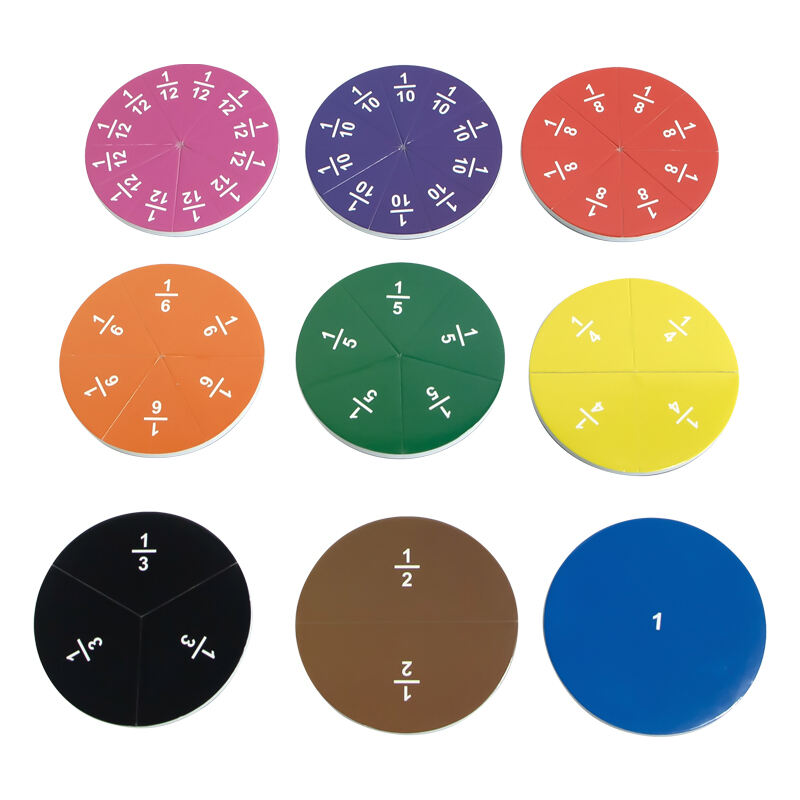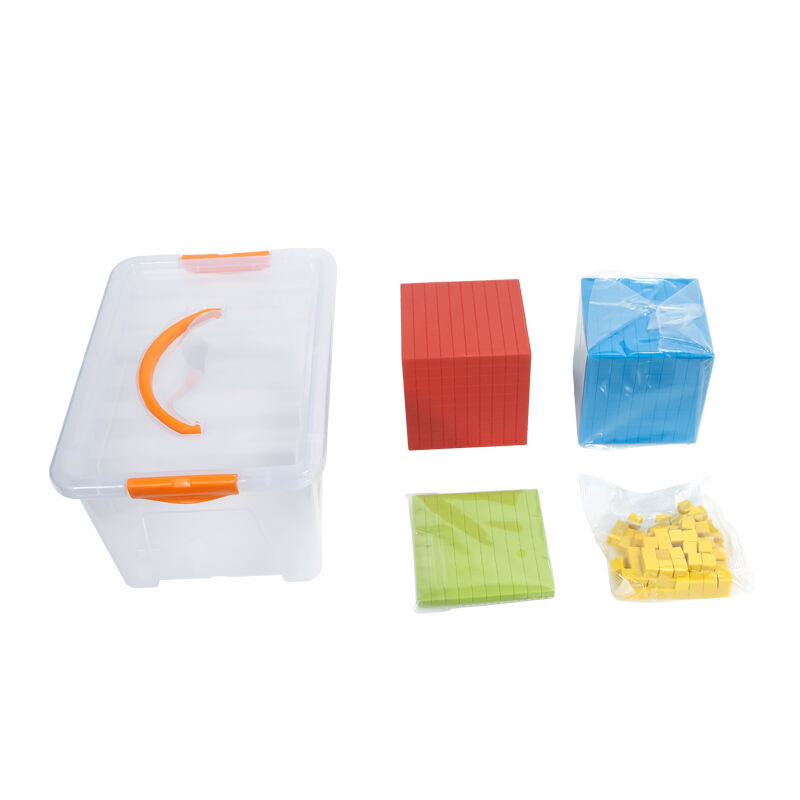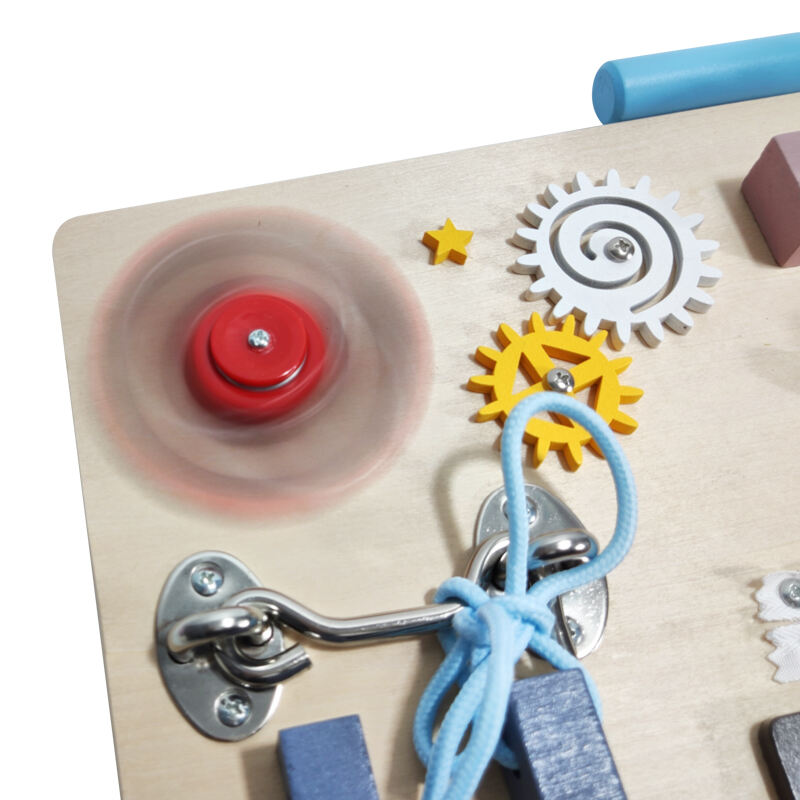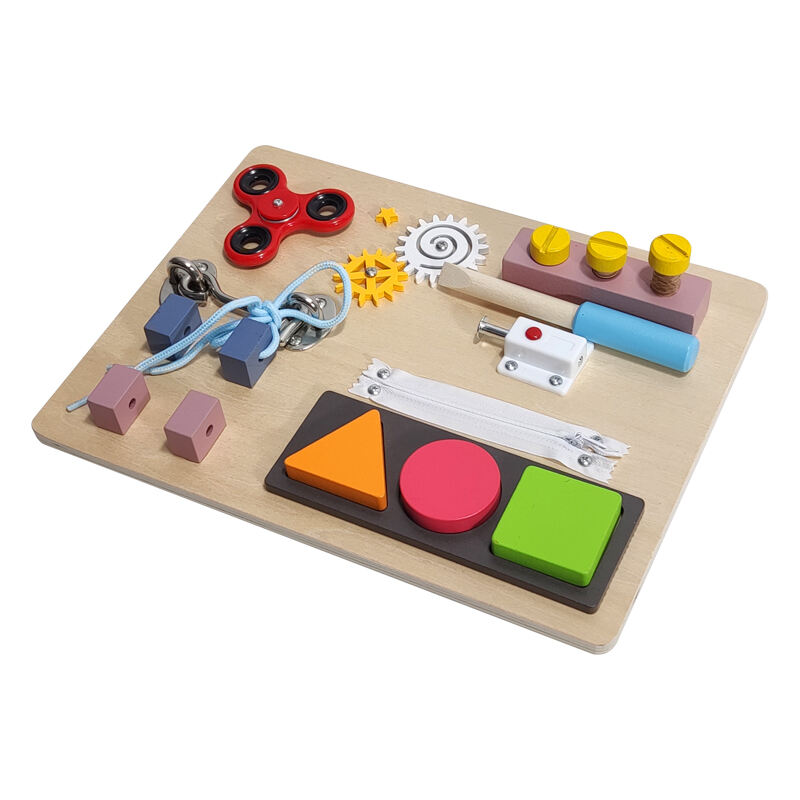

Ningbo Xinchong Pet Products Co., Ltd. (connected to hhines) offers a range of alphabet learning toys that make mastering letters an enjoyable and interactive experience for young children, from toddlers to preschoolers. These toys are designed to transform letter recognition and early literacy into play, helping children build a foundation for reading and writing in a way that feels engaging rather than instructional. Crafted from high-quality, child-safe materials—primarily soft EVA foam, flexible TPR, and smooth PU—they are durable, easy to handle, and safe for children to mouth, which is especially important for younger learners. Key products include foam alphabet sets, where each letter (both uppercase and lowercase) is large enough for small hands to grasp, features a bright, distinct color, and has a textured surface to enhance tactile learning. These letters often come with a matching play mat printed with letter outlines, encouraging children to place each letter in its correct spot—a fun way to practice letter recognition and spatial awareness. Another popular option is the “alphabet puzzle,” where letters fit into corresponding slots on a board, helping children learn letter shapes and order. For interactive learning, there are soft alphabet blocks that can be stacked to form words or used in simple spelling games, with each block featuring a letter on one side and a corresponding picture (e.g., “A” for “apple”) on the other, linking letters to sounds and meanings. Some sets also include flashcards with letters and words, designed to be used alongside the foam letters for matching and memory games. Safety is ensured through strict testing to meet EN71-3 and CPSIA standards, with no toxic chemicals, sharp edges, or small parts. The materials are easy to clean, making the toys suitable for repeated use in homes, preschools, or daycares. By combining play with purpose, these alphabet learning toys make early literacy feel like a game, fostering a love for letters and words that sets children up for success in reading and writing.


